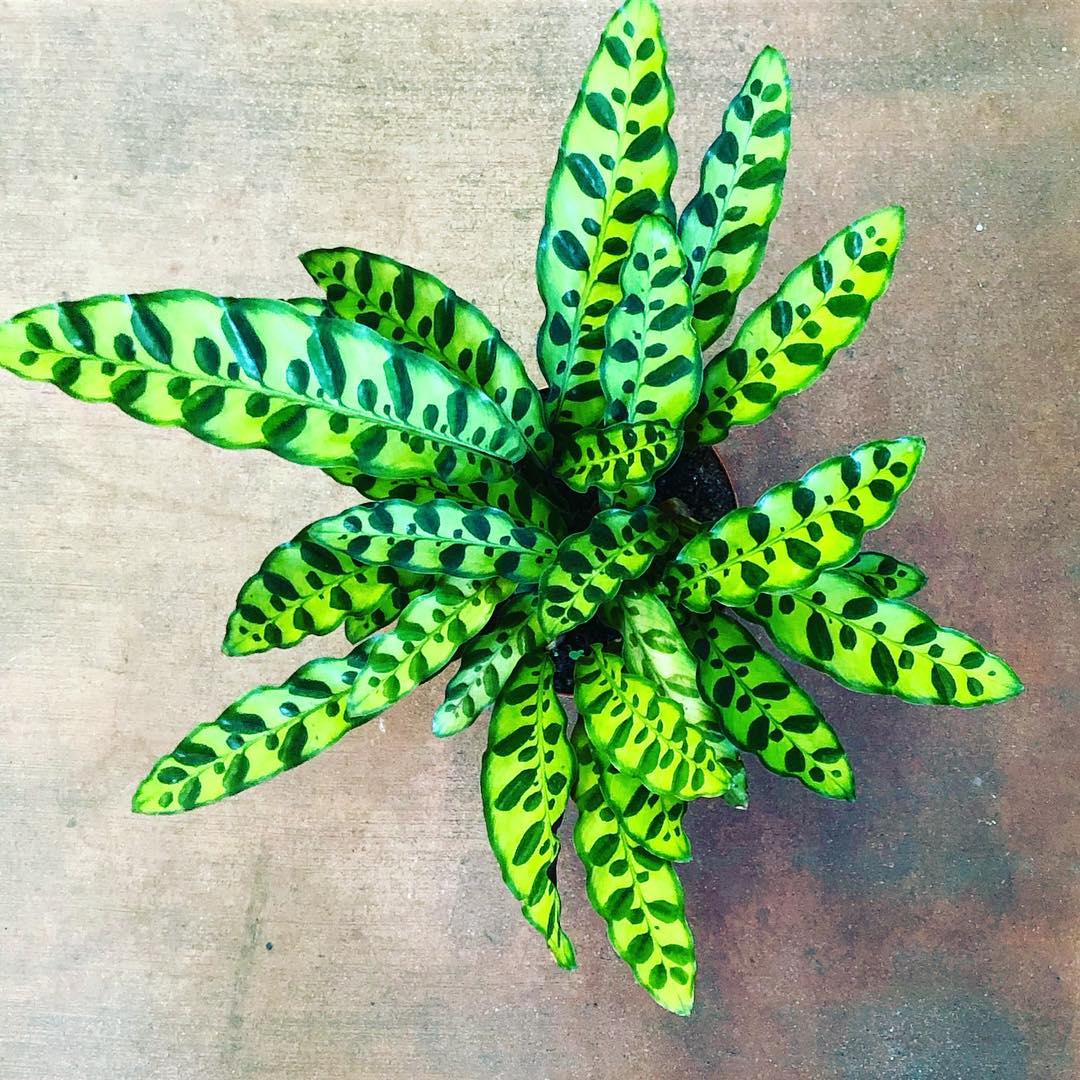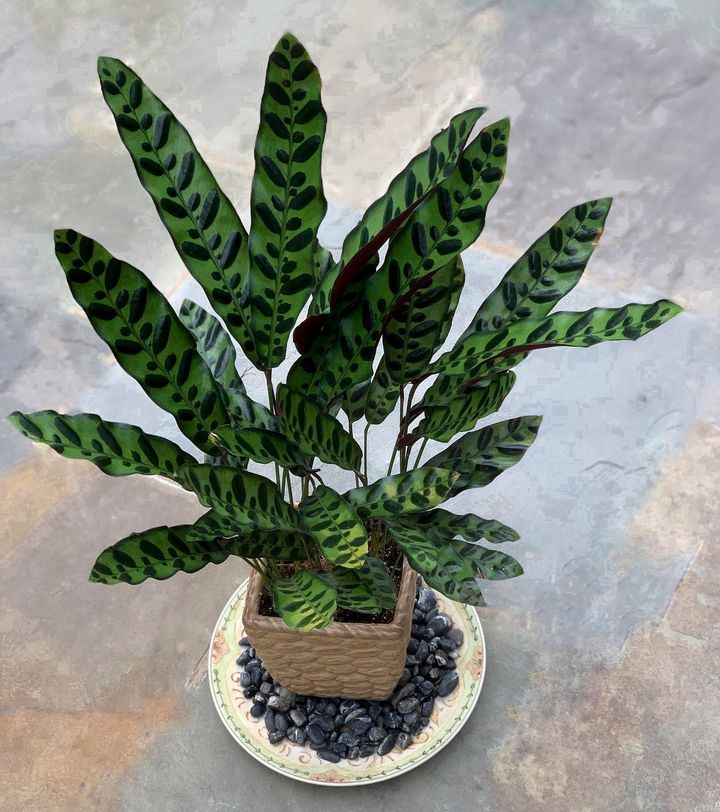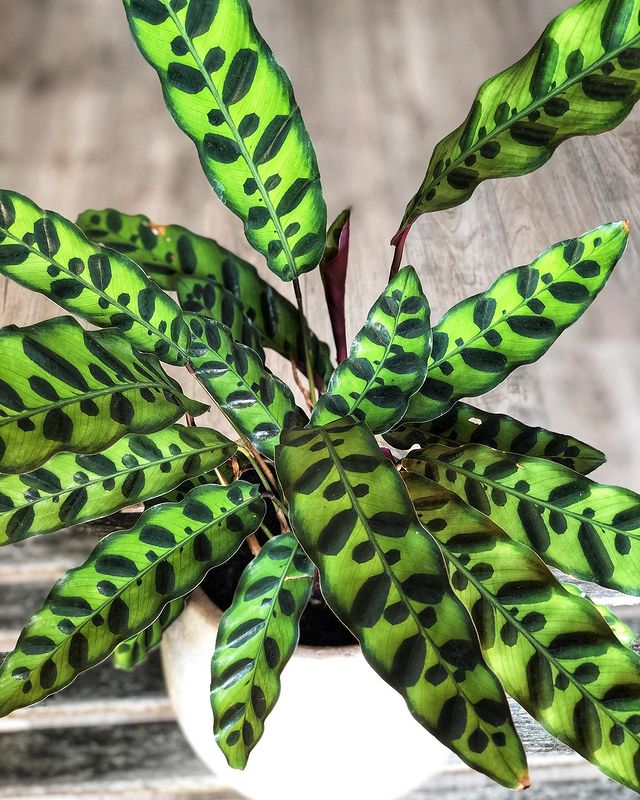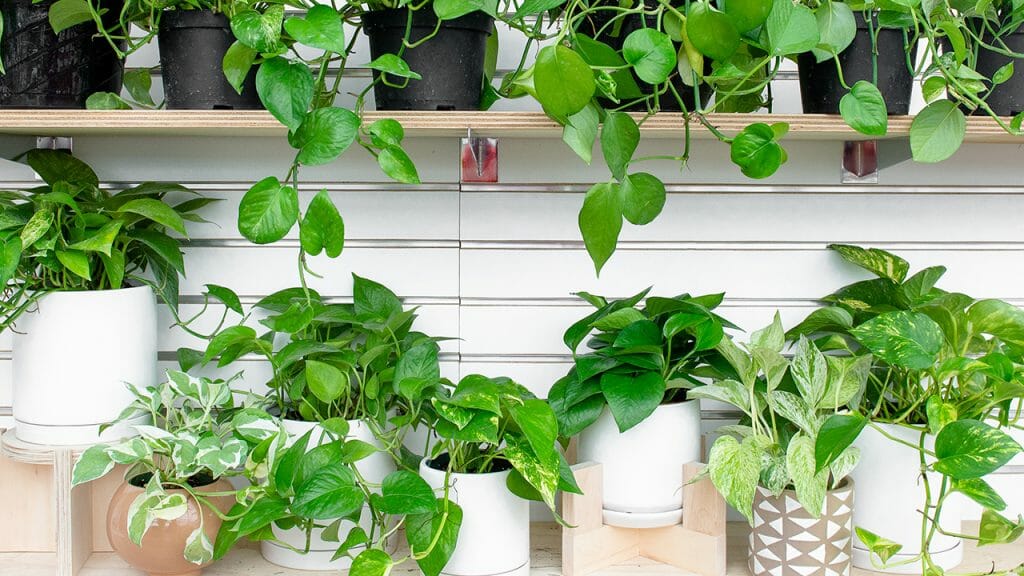As pet owners, we always want to make sure that our furry friends are safe and healthy.
However, sometimes we may not be aware of the potential dangers that certain plants in our homes can pose to our pets. One such plant is the rattlesnake plant, also known as Calathea lancifolia.
While some sources suggest that the rattlesnake plant is safe for cats, others claim that it is toxic and can cause kidney failure and other health problems. According to The Spruce, the rattlesnake plant contains a toxin called cycasin, which can be harmful to cats if ingested.
However, the ASPCA lists the plant as non-toxic to cats.
So, which is it? Is the rattlesnake plant toxic to cats or not?
The Rattlesnake Plant is generally considered non-toxic to cats. This means that it’s safe to have around your feline friends without worrying about them ingesting it and becoming ill. However, even non-toxic plants can sometimes cause mild irritation or an upset stomach if a cat nibbles on them excessively, so it’s always wise to keep an eye on your pet and ensure they are not eating your houseplants.
We’ll explore the potential dangers of the rattlesnake plant for cats and provide you with the information you need to keep your furry friend safe. We will also discuss some alternative plants that are safe for cats, so you can still enjoy the beauty of indoor plants without worrying about your pet’s health.
Rattlesnake Plant Overview
If you’re a cat owner and a plant enthusiast, you know how important it is to ensure that the plants in your home are safe for your furry friends. One popular houseplant that many cat owners love is the Rattlesnake Plant (Calathea Lancifolia). In this section, we’ll provide an overview of this plant, including its scientific classification and physical characteristics.
The Rattlesnake Plant, also known as Goeppertia insignis, is a member of the Marantaceae family. This family includes many species of plants that are commonly grown as houseplants, including the Prayer Plant (Maranta leuconeura) and the Stromanthe (Stromanthe sanguinea).
Physical Characteristics
The Rattlesnake Plant is a tropical plant that is native to Brazil. It has long, narrow leaves that are green with dark green markings and purple undersides. The leaves grow up to 12 inches long and 6 inches wide, and they have a distinctive wavy shape. The plant can grow up to 30 inches tall and 18 inches wide.
One of the unique features of the Rattlesnake Plant is its ability to move its leaves in response to changes in light. At night, the leaves fold up, and during the day, they spread out to capture as much light as possible. This movement is known as nyctinasty.
As with all plants, it’s important to ensure that your cat doesn’t ingest any part of the plant, as this can cause mild gastrointestinal upset. With proper care, the Rattlesnake Plant can thrive in your home and provide a touch of tropical beauty.
Toxicity in Rattlesnake Plants
Toxic Compounds
Rattlesnake plants, also known as Calathea lancifolia, belong to the Marantaceae family and are native to Brazil. While these plants aren’t toxic to humans, they can be harmful to cats due to the presence of compounds known as insoluble calcium oxalates. These compounds are found in the leaves and stems of the plant and can cause irritation, burning, and swelling in the mouth, tongue, and throat of cats when ingested.
Effects on Cats
If a cat ingests a rattlesnake plant, it may experience symptoms such as drooling, vomiting, difficulty swallowing, and decreased appetite. In severe cases, it can also lead to breathing difficulties and even death. Therefore, it is important to keep these plants out of reach of cats and other pets.
While some sources suggest that rattlesnake plants are not toxic to cats, it is important to note that they do contain harmful compounds that can cause harm to felines. If you suspect that your cat has ingested a rattlesnake plant or is exhibiting any symptoms of poisoning, it is important to seek veterinary care immediately.
In addition to rattlesnake plants, there are several other houseplants that are toxic to cats, including snake plants, lilies, and aloe vera.
Therefore, it is important to research the toxicity of any plants before bringing them into your home, especially if you have pets.
Clinical Signs of Poisoning
When a cat ingests the rattlesnake plant, they may exhibit a range of symptoms that can vary in severity. The following are the immediate symptoms that a cat may experience after ingesting the plant:
Immediate Symptoms
- Vomiting
- Diarrhea
- Drooling
- Loss of appetite
- Lethargy
- Depression
- Mouth irritation
- Pawing at the mouth
If you notice any of these symptoms in your cat after they have ingested the rattlesnake plant, it is essential to seek veterinary care immediately.
The longer you wait, the more severe the symptoms can become.
Long-Term Health Effects
In some cases, the ingestion of the rattlesnake plant can cause long-term health effects in cats.
These effects may include:
- Kidney damage
- Liver damage
- Anemia
- Dehydration
- Malnutrition
It is important to note that these long-term health effects are rare and typically only occur in cases where the cat has ingested a large amount of the plant or has been exposed to it over a long period.
Treatment and First Aid
Immediate Actions
If you suspect your cat has ingested any part of the Rattlesnake Plant, the first thing you should do is remove any remaining plant material from their mouth. You should also rinse their mouth out with water to remove any remaining residue.
If your cat is experiencing vomiting or diarrhea, you should offer them small amounts of water to help prevent dehydration. However, do not force your cat to drink water if they are not interested.
Veterinary Care
If your cat has ingested a significant amount of the Rattlesnake Plant, or if they are exhibiting any of the symptoms of poisoning, it is important to seek veterinary care immediately.
Your veterinarian may induce vomiting to remove any remaining plant material from your cat’s stomach. They may also administer activated charcoal to help absorb any toxins that may still be in your cat’s system.
In severe cases, your cat may require hospitalization for supportive care, including IV fluids and medications to control symptoms.
Remember, prevention is the best medicine. Keep all toxic plants out of reach of your pets to avoid any potential poisoning incidents.
Prevention and Safety
If you are a cat owner and are concerned about the toxicity of rattlesnake plants, there are many safe alternatives you can choose from. Some of the safe plant alternatives that you can consider include:
- Spider Plant (Chlorophytum comosum)
- Boston Fern (Nephrolepis exaltata)
- African Violet (Saintpaulia)
- Christmas Cactus (Schlumbergera)
- Peperomia (Peperomia obtusifolia)
These plants are not only safe for cats, but they are also easy to care for and can add beauty to your home.
Household Safety Measures
Apart from choosing safe plant alternatives, there are other measures you can take to ensure the safety of your cats. Here are some household safety measures:
- Keep plants out of reach: Place plants in areas where your cats cannot reach them. This will prevent them from chewing or ingesting the plants.
- Monitor your cats: Keep an eye on your cats and make sure they do not show any signs of toxicity. If you notice any symptoms, take them to the vet immediately.
- Train your cats: Train your cats to stay away from plants. This will prevent them from getting into trouble when you are not around.
- Consult a vet: If you are unsure about the safety of a plant, consult a vet. They can provide you with information on the toxicity of plants and recommend safe alternatives.
By taking these safety measures, you can ensure the safety of your cats and enjoy the beauty of plants in your home.
Frequently Asked Questions
What should I do if my cat chews on a Rattlesnake Plant?
If you suspect that your cat has ingested any part of a Rattlesnake Plant, it is important to seek veterinary attention immediately. The symptoms of poisoning can vary depending on the amount of the plant ingested and the size of the cat. Some common symptoms of poisoning include vomiting, diarrhea, drooling, and lethargy. In severe cases, seizures and difficulty breathing may occur.
How does the toxicity of Rattlesnake Plants compare to that of Calathea for pets?
Rattlesnake Plants, also known as Calathea lancifolia, are considered non-toxic to cats and dogs. However, some plants in the Calathea genus can be toxic to pets if ingested. It is important to research the specific type of plant before bringing it into your home to ensure that it is safe for your pets.
Are there any health benefits to having a Rattlesnake Plant in a home with cats?
Rattlesnake Plants are known for their air-purifying properties, which can help to improve the air quality in your home. They are also low-maintenance plants that can add a touch of greenery to any room. However, it is important to keep in mind that while Rattlesnake Plants are non-toxic to cats, they may still cause digestive issues if ingested in large quantities. Therefore, it is best to keep these plants out of reach of curious cats.






